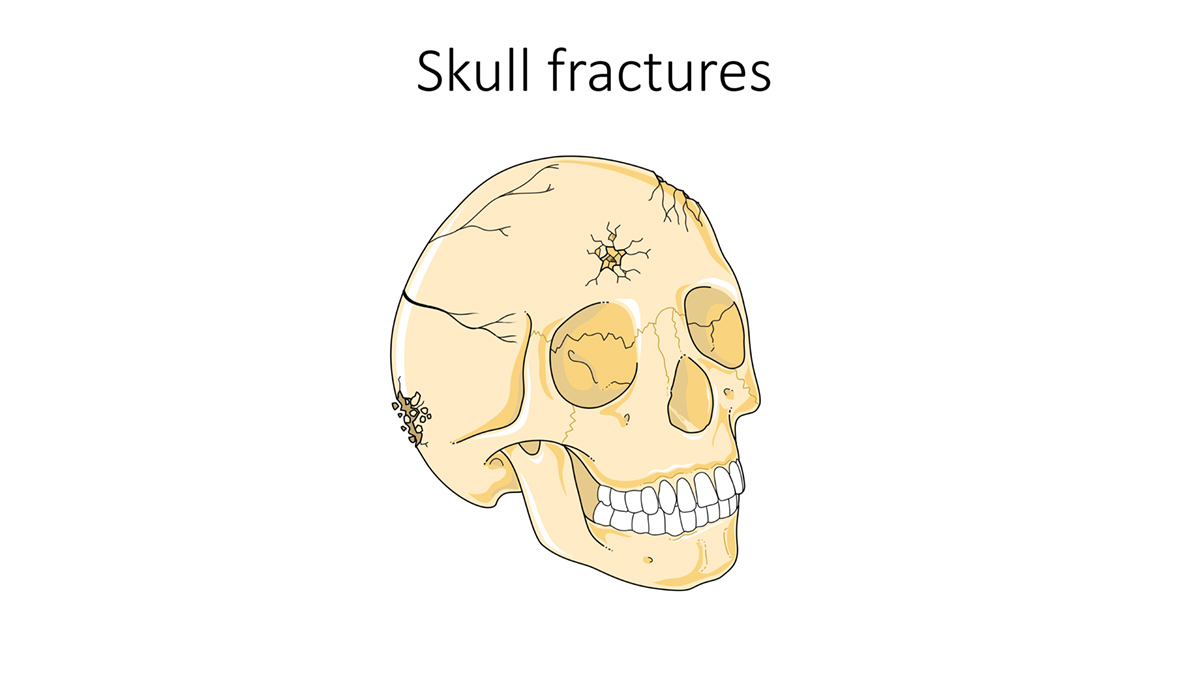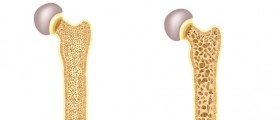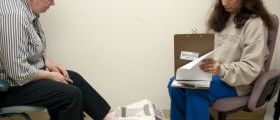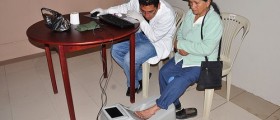Skull Fracture - Overview
A skull fracture is a crack in bones of the skull, usually caused by blunt force trauma. If the power of the blow is extreme the bone may fracture at or near the site of the impact. It is not uncommon that a forceful blow causes more damage to the brain and blood vessels than to the skull.
Types of Skull Fractures
- Depressed skull fracture. When one is hit with a heavy object, such as a hammer. There is a certain amount of risk with this injury, while it may cause excessive pressure on the brain, which can lead to other problems. This type of injury may require surgical intervention.
- Linear fracture. This means a break in the bone that transverse the full thickness of the skull from the outer to inner table, are typically quite straight and there is no displacement of the bone.
- Simple skull fracture. This means that there is a break in the bone, nut no damage to the skin.
- Compound fracture, when there is a loss of skin tissue and the bone splinters.
- During the study period, 194 of 5041 head injury patients had evidence of basal skull fracture (3.85%).
- Basal skull fracture was most commonly associated with moderate-to-severe head injury (73.19%).
- About 81.44% patients were male and 29.9% were
- Most common cause was road traffic accident (84.54%).
- Isolated anterior cranial fossa fracture was most common (50%). About 63.92% patients had raccoon eyes. Forty-three patients had cerebrospinal fluid fistula leak with cerebrospinal fluid fistula rhinorrhea being more common.
- Culture of only 5 patients suggested bacterial meningitis. Cerebrospinal fluid fistula leak lasted for more than 10 days in 8 patients, of which 4 patients required surgical repair.
Causes of Skull Fractures
The most common cause of skull fracture is trauma. There are two types of trauma: penetrating trauma (caused by sharp instruments or bullets, usually the person needs surgical assistance) and blunt head trauma (caused by direct blows to the head or from swift deceleration force, such as in a car accident).
First-Aid
First of all, one must check the breathing and circulation. If needed, one should try CPR.
In the case of head trauma, if the person injured is conscious, he should be taken to the hospital immediately. However, if unconscious, one should not move him, but call the ambulance. It the injured person needs to be moved, one must stabilize the head and neck by placing hands on both sides of the neck of the injured and under the shoulders.
If there is bleeding at the place of the blow, one should apply pressure (and never remove the original cloth, but put additional on top of it).
If the injured person is vomiting, while stabilizing his neck and head, one should turn him to his side.
Symptoms of Skull Fracture
Common symptoms of skull fracture include swelling, neck-stiffness, bleeding, changes in pupils, bruising, nausea, sleepiness, blurred speech, etc.
Minor skull fractures may involve only confusion or a short loss of consciousness. They may result in headaches, blurred vision or nausea. There may be longer lasting subtle symptoms including irritability, insomnia, difficulty concentrating, irritability, etc.
Severe blunt head trauma involves a loss of consciousness from several minutes to many days or longer. The person may suffer from severe and sometimes permanent neurological deficits (paralysis, seizures), or even death.












-Test-And-What-Do-The-Results-Mean_f_280x120.jpg)





Your thoughts on this
Loading...